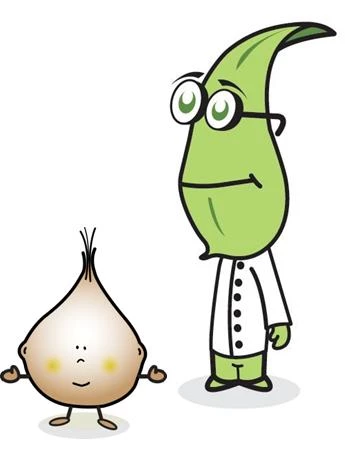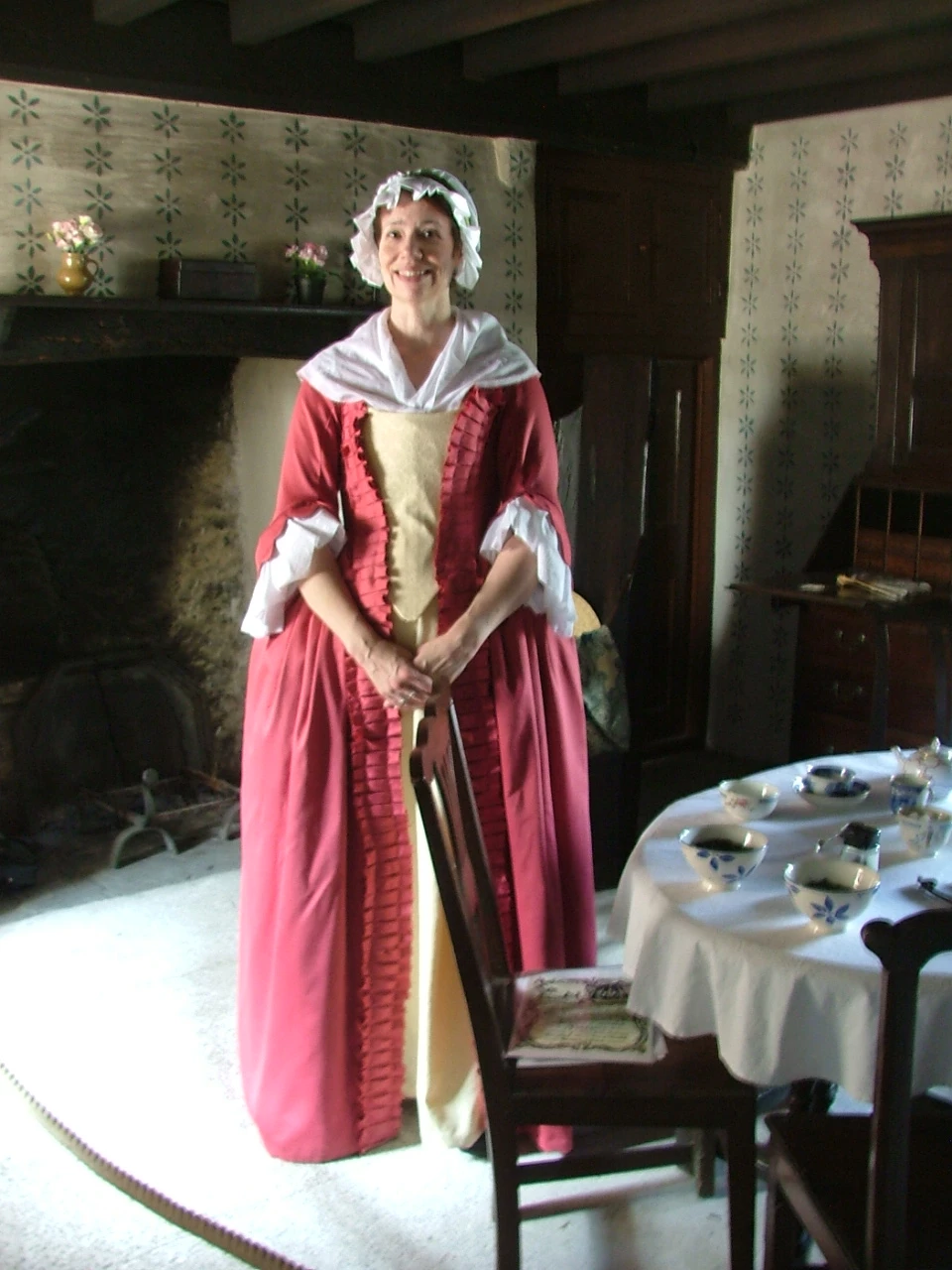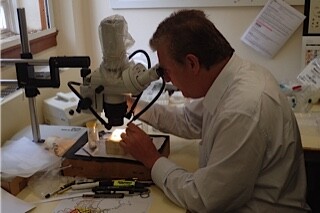Bylbiau'r Gwanwyn i Ysgolion: Canlyniadau 2005-2015
, 1 Mehefin 2015
Mae project Bylbiau'r Gwanwyn i Ysgolion yn gyfle i filoedd o wyddonwyr ysgol weithio gydag Amgueddfa Cymru i archwilio newid yn yr hinsawdd a'i ddeall. Ers mis Hydref 2005, mae gwyddonwyr ysgol wedi bod yn cadw cofnod o'r tywydd a phryd mae eu blodau'n agor fel rhan o astudiaeth hirdymor o effeithiau'r tymheredd ar fylbiau'r gwanwyn.
Mae tystysgrifau wedi cael eu hanfon at yr holl ddisgyblion yn 4,596 a gwblhaodd y prosiect eleni. Mae rhagor o fanylion yn adroddiadau Athro'r Ardd: Adroddiad Athro'r Ardd i weld y canlyniadau hyd yn hyn.
- Gwnewch siartiau amlder a graffiau i ganfod y cymedrau.
- A wnaeth blodau agor yn hwyr mewn ysgolion oedd yn cofnodi tywydd oer?.
- Sut wnaeth tymheredd, heulwen a glaw effeithio ar ddyddiadau blodeuo ar gyfartaledd?.
- Chwiliwch am dueddiadau mewn gwahanol lefydd yng Nghymru..
Hoffwn ddiolch i bob un o'r Gwyddonwyr Gwych a chymrodd ran eleni! Mae ar gyfer prosiect Bylbiau'r Gwanwyn 2015-16.
Ceisiadau yn agored ar gyfer prosiect Bylbiau'r Gwanwyn 2015-16.
Professor Plant www.amgueddfacymru.ac.uk/bylbiau-gwanwyn/








